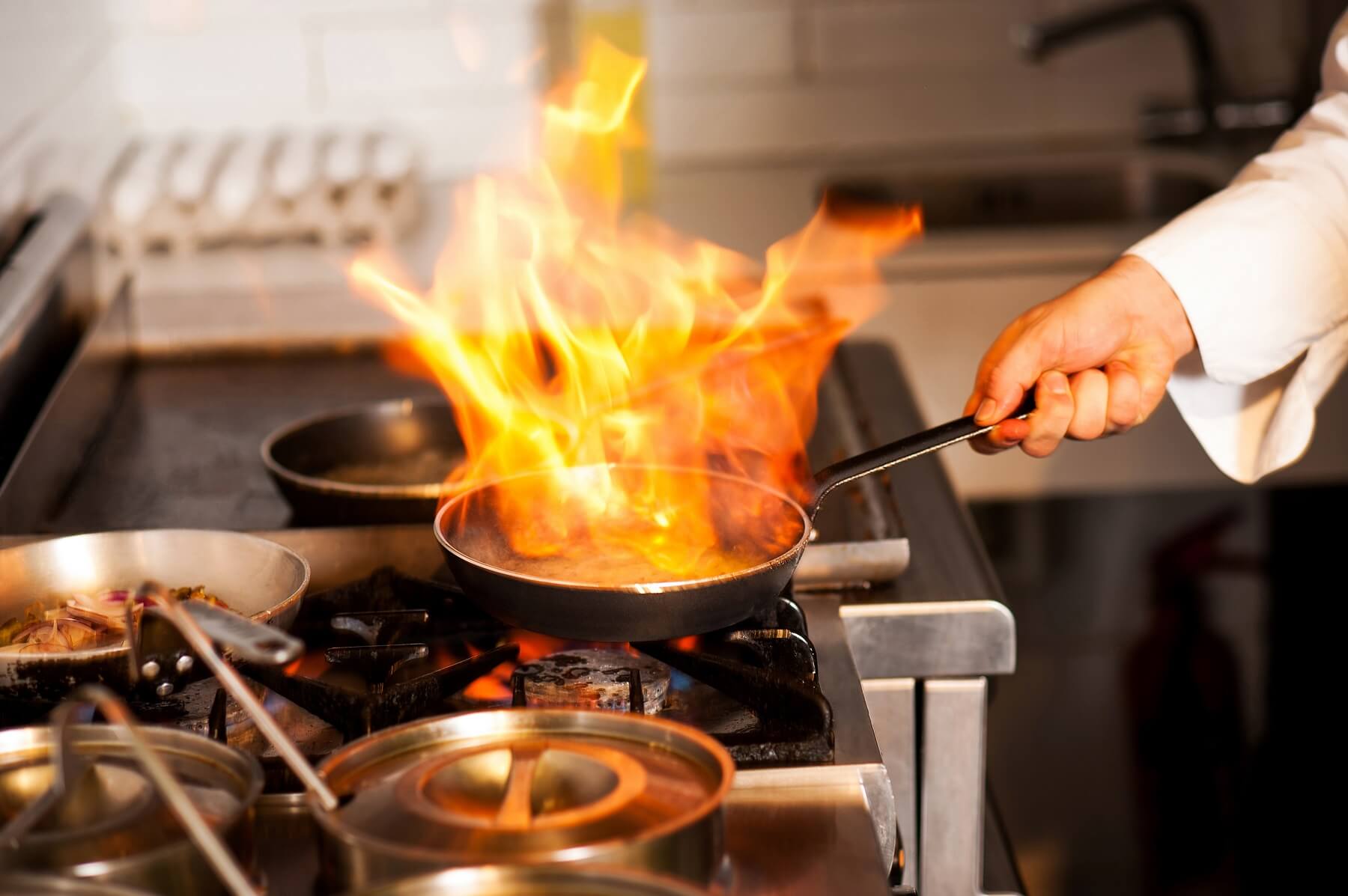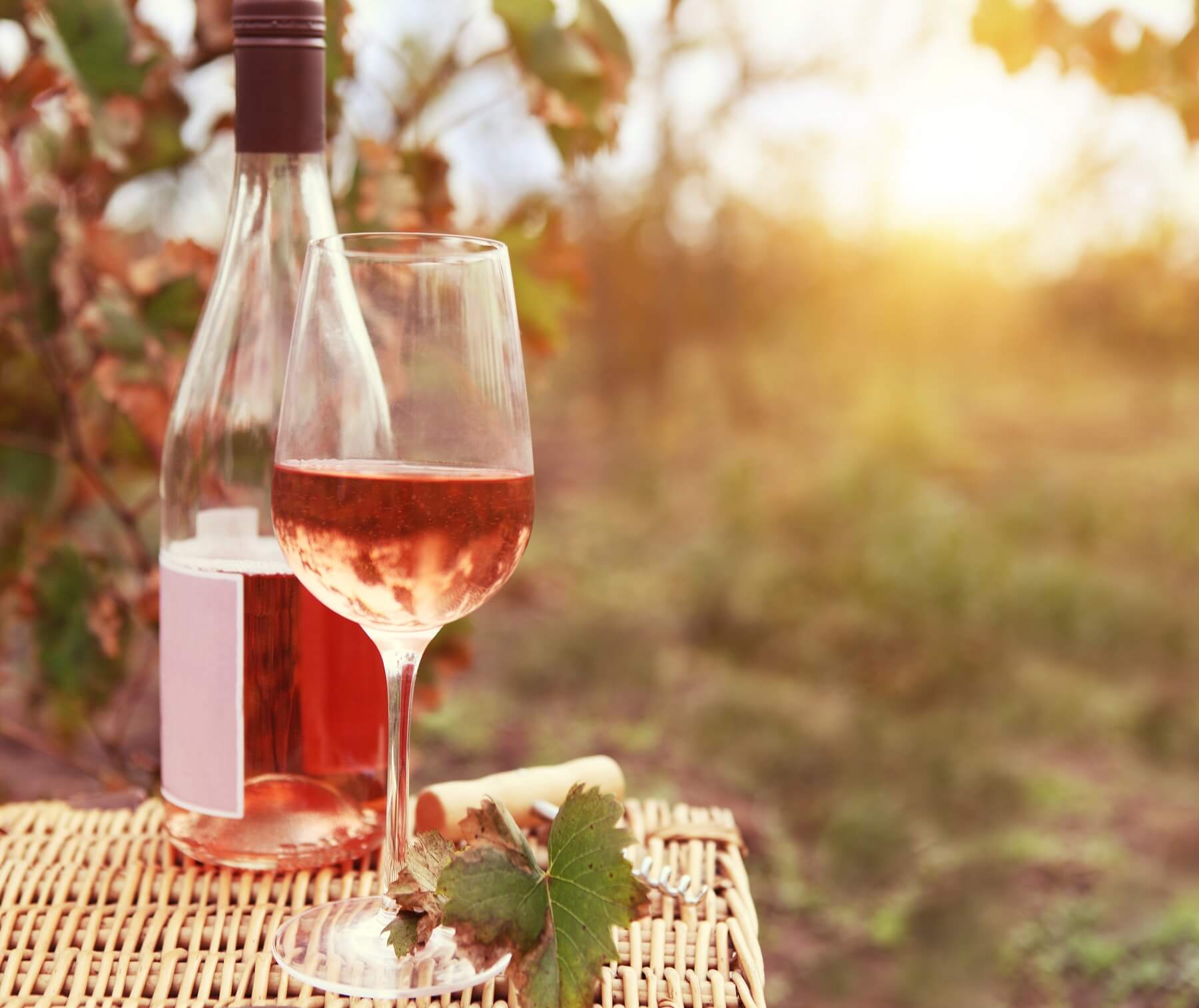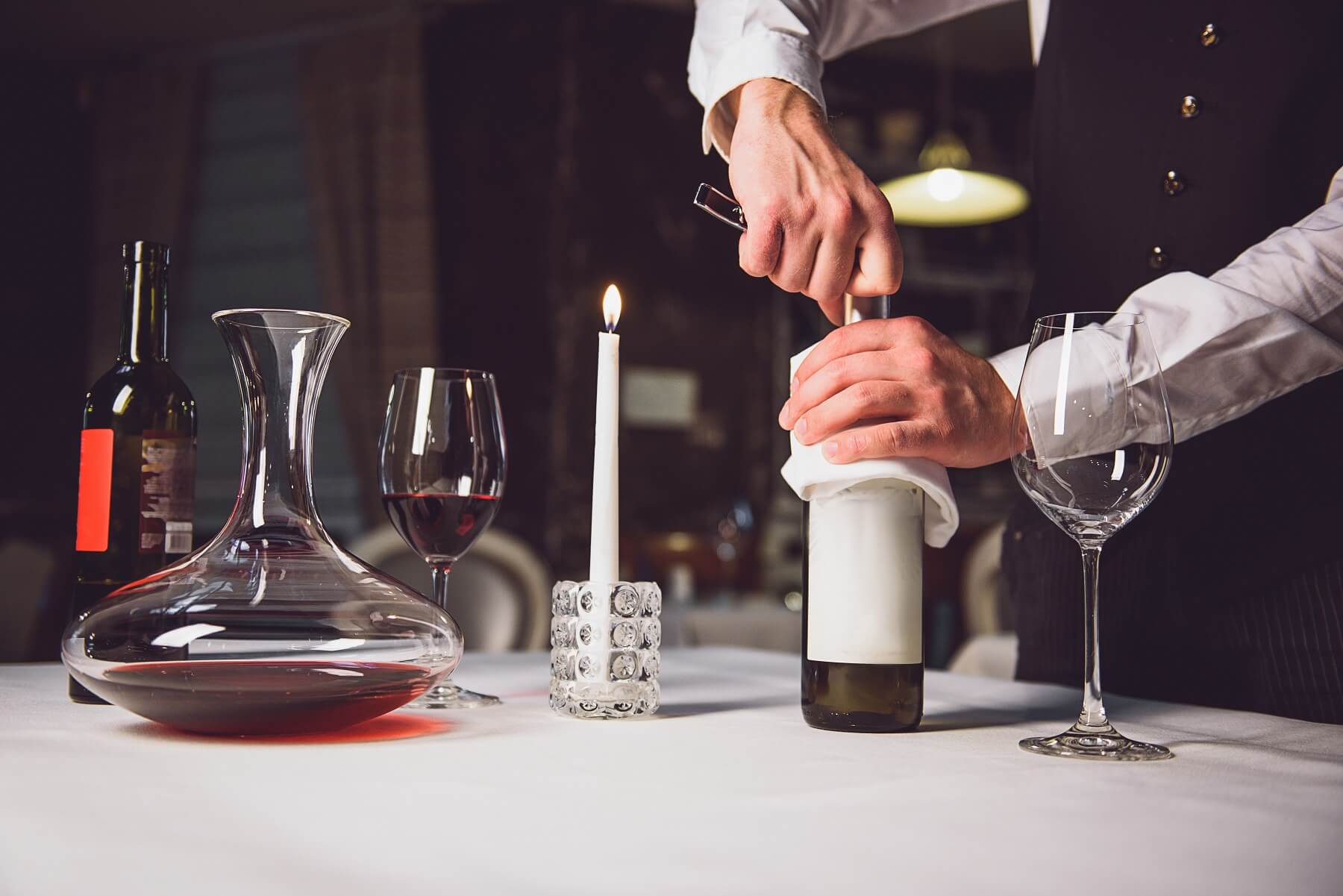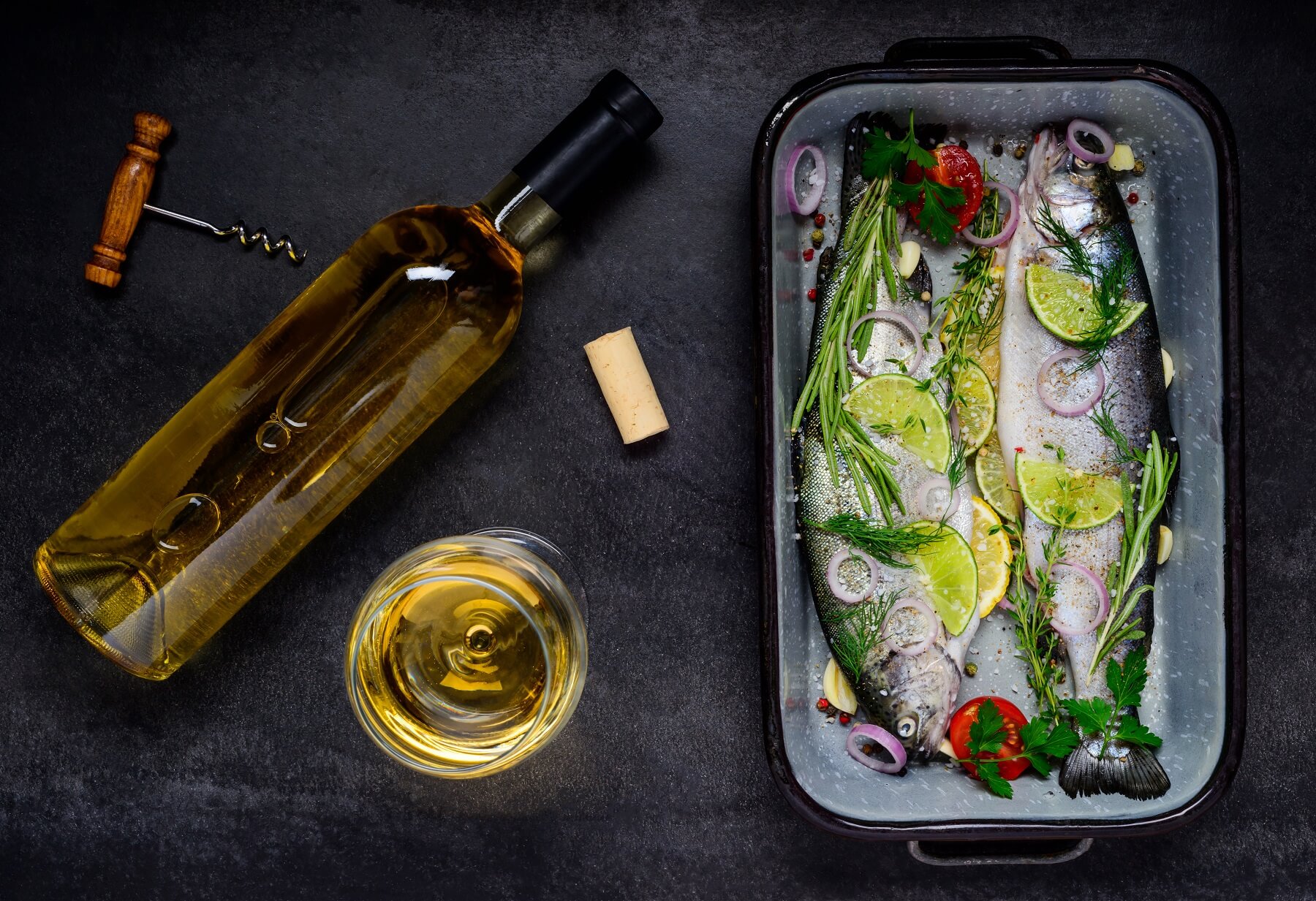

Wine rules are sometimes helpful when we aren't sure what to choose or how to behave in certain situations. But who ever had a truly great time by staying close to the regulations? Here are 5 common wine rules and bits of received wisdom which need to be consigned to the bin of history!
There aren't many foods or drinks which come with their own set of rules. Nowadays, you'd have to go to some pretty exclusive and snooty dinner parties if you wanted to find people to pick you up on your choice of ketchup or mayonnaise for your chips, or for starting a cheese board with the roquefort, and not the brie... Wine, on the other hand, seems to come with bagfuls of rules, regulations, guidelines and suggestions, which can make it an unnecessarily irritating sphere to navigate if you aren't clued up on various bits of outdated etiquette.
I mean, I get it - wine rules are sometimes helpful when we're in a bit of a pinch, and aren't sure what to choose or how to behave in certain situations. But who ever had a truly great time by staying close to the regulations?
Here are five common wine rules and bits of received wisdom which need to be consigned to the bin of history!

Rule 1: Don’t cook with wine which you wouldn’t choose to drink
Weirdly, this 'rule' seems to have been everywhere recently. Watch most cookery shows - especially around Christmas time - and the chefs on the tv will be telling you to chuck a good glug of your $50 Bordeaux into your gravy... doesn't that strike you as a bit of a waste?
You can and absolutely should use wine in your cooking. It's a fantastic ingredient for fortifying pasta sauces, bulking up broths and braising liquids, as well as for adding volume to other recipes.
But the main function of adding wine to your cooking is to bring an element of depth, acidity or fruitiness to a dish - the alcohol cooks off quite quickly, and the wine ends up being a reduction which actually bears little resemblance to the original substance.
The principal notes are left behind, but all those complexities, subtleties and other factors that would make the original wine worth spending money on will disappear into the ether. We say, save your good wine for the glasses of you and your guests, and use something a bit cheap 'n' cheerful for the cooking pot instead.
Rule 2: Rosé is only for the summer months
Make no mistake - there are few things I love more than a good glass (or bottle, let's be honest...) of rosé wine in the middle of summer. Sitting out on the grass somewhere, soaking up the heat with a cooling bottle of something pink and delicate from the fields of Provence is one of life's unadulterated pleasures, as far as I'm concerned.
However, sales of rosé plummet as soon as the best months of the year are over, and it's a bit of a mystery as to why this happens. Rosé is by no means just for summer, and actually, it's as wide-ranging, varied and fascinating as any other style of wine out there.

Rosé can be exceptionally pale and minerally, it can be deep and dark and boisterously fruity... there's no real reason why we don't reach for the stuff all year round.
As such, I'd strongly suggest familiarising yourself further with your local wine store's rosé aisle. The deeper, stronger rosés of Languedoc, California and Australia are a real delight whatever the weather is doing outside, and they're also superb wines for pairing with food. Try a good bottle of rosé next time you're eating Thai, Korean or other southern Asian food - you'll see what I mean.
Rule 3: Only use your decanter for full-bodied red wine
Quite whether we need decanters or not in the first place is for another article, another day. However, when they are used, they're almost always used just for full-bodied red wines, which have been aged for a fair few years.
This makes sense - after all, if you're going to use your decanter for removing sediment from your wine, then it's exactly these types of cellared, strong red wines you'll be needing one for.
Most people, though, use their decanter for another purpose: to allow their wine to breathe before serving. It's important to give your bottle a bit of time to mellow and oxidise, as this gives the harsh tannins a moment to chill out and soften, making the overall experience a little smoother on the palate. But it isn't just full bodied red wines which can benefit from a bit of time spent in the open air.

Full bodied white wines, for example Chardonnay, as well as white blends which feature this grape in a prominent position can definitely do with a bit of time in the decanter before being poured into your glass. The same can be said for Viognier, and aged Riesling wines.
I'm going to be controversial here and stick my neck out: I'd even say that Champagne and similar sparkling wines are better after at least fifteen minutes in the decanter. The oxidation which occurs allows some of the ferocity of the fizziness to subside and dissipate a little, making these sorts of wines much more pleasant to drink while eating.
Rule 4: Only serve white wine with fish
There are heaps of rubbish wine rules when it comes to food pairing. If you have the time and the energy (and the disposable income), the best way to pair wine with food is to experiment wildly, and find out what works best for yourself.
The best-known food and wine pairing rule - if not the most commonly quoted wine rule of them all - is that fish should only be paired with white wine. It's a classic example of how boring and unimaginative and stuck in the past a lot of these rules are, as there are loads of great fish dishes which clearly go just as well, if not better, with a light-bodied red wine than just any old white.

A good Pinot Noir, Sangiovese or something like a Beaujolais go really well with lots of fish. Seared tuna, for example, or roasted salmon, hake, kingfish, shark are all good red wine matches.
Keep in mind how 'steaky' the fish is, and what sort of sauce or accompaniments you're serving it with, and you should be able to make a sensible pairing based on your own intuition, rather than on some ancient, irrelevant rule.
Rule 5: White wine should always be served ice cold
This is one of those wine rules which people follow blindly, seemingly unaware that they may actually be hindering their enjoyment of what they're drinking. White wine should really be served slightly warmer than fridge temperature - most experts would recommend taking it out of the fridge thirty minutes or so before pouring.
The temperature of your wine does matter; coldness flattens all the flavour and also inhibits the aromas, and when this happens, even the best wines can taste a bit dull and lifeless.

Don't be afraid to break these 'rules' and step outside the snooty wine system. Start by making your own exciting discoveries with our wine palate quiz to find out your top three wine recommendations.
Click here to take our Wine Palate Quiz and match your personal tastes to your top three wine recommendations
Do you know your wine personality? If your answer is no, take our quiz to find out which wines to pick up next and build your box!
Build my box





